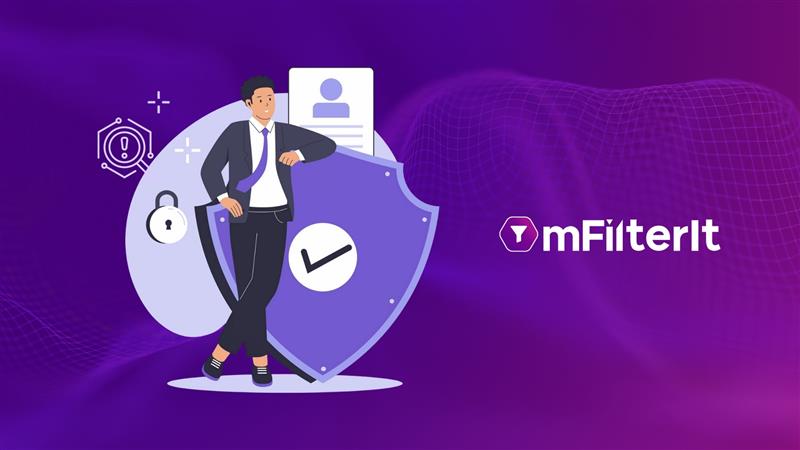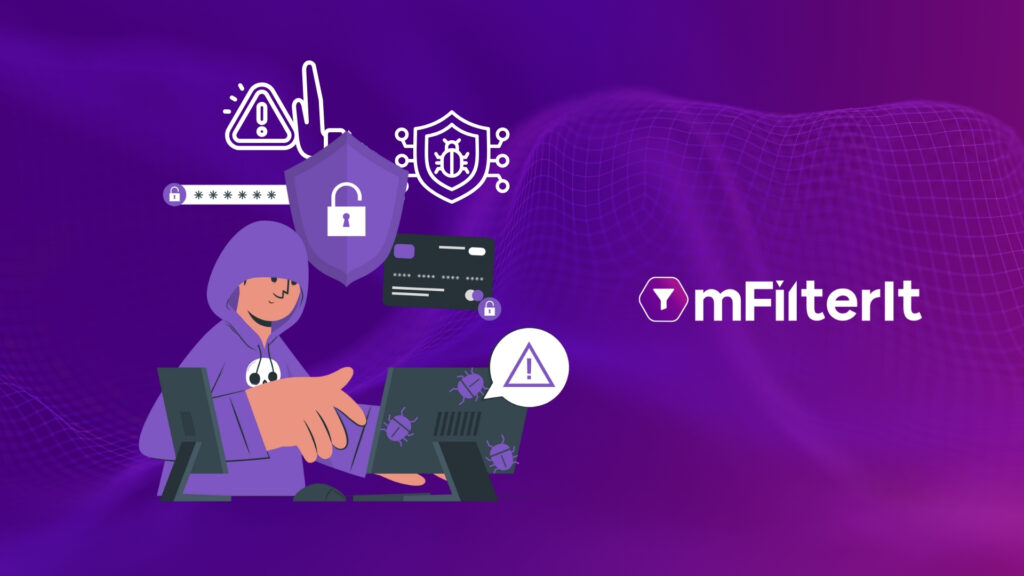Businesses that enhanced customer experience has improved cross-selling and up-selling (42%), enhanced customer retention (33%), and increased customer satisfaction (32%).
The pathway to digital commerce’s success involves an enhanced customer experience. Brands must equip well to push the bar across customer touchpoints to make the journey from generating interest to the purchase & post-purchase phase.
According to Forbes, Businesses that prioritize enhancing customer experience observe an 80% increase in revenue.
Let’s dive deeper to understand what customer experience is and why it is so much important
Table of Contents
ToggleWhat is Customer Experience (CX)?
Customer Experience (CX)
is simply how your customer feels about your product and services. The key here is the touch point at which the brand interacts with the customer during the customer journey. The touchpoints, or moments of interaction, during the customer journey play a crucial role in shaping this experience.
So how does it work? The idea is to make sure when a customer checks out your product there should be no doubt left as all his questions should be clearly answered in the product description itself, and the title should contain the keyword that attracts the shopper in the first place, quality images, and pricing to suit your targeted shopper.
Once a purchase is made brands must keep track of delivery turnaround time and sellers’ performance to check up on customer satisfaction. The rating & reviews provide brands clear perspective into what customer thinks about their product and services. Brands need in-depth sentiment analysis of these reviews and ratings along to help their various department improve product quality and services.
How does optimizing the customer Journey help enhance customer experience?
The customer experience is subjective to how shoppers have come across your product, how the consideration phase went and how seamless was the purchase. Customer experience plays a role in converting initial attraction into consideration and consideration into purchase. Brands must be aware of what attracted shoppers to their products. Did the shopper get what he hoped for? Was the description of the product, and pricing satisfied the user? Was it good enough to convert a consideration into an instant buy? Did the delivery time suit the shopper’s needs? And how much impact does the rating and review have on the shopper? Brands must have insights into these factors to optimize the customer experience.
A good customer experience not only boosts sales but also builds brand trust and loyalty leading to customer retention as brand advocacy. Here are some key touch points in the customer journey which impact customer experience
Awareness Phase
During the awareness phase, the challenge is to make sure your product is among the top search results. That makes bidding on the right keywords and understanding when to bid and when not to bid on keywords crucial loss as it not only. As it not only affects ROAS but also affects brand discoverability share. During this phase, brands must focus on
- Enhancing share of search on keywords
- Generating interest in your products
- Optimizing banners performance
- Monitoring competition on keywords bidding
Optimizing customer experience during this phase requires brands to work on generating the interest of potential customers in the products. This can be done by making products discoverable through keyword searches, sponsored listings, and banners. Their interest in your products is piqued, making this phase critical for leaving a lasting impression. The customer experience here plays a vital role if you fail to impress the shoppers at first look with the title, and images then it leads to customers looking for other similar options among competition brands.
Consideration & Evaluation Phase
Once you attract shoppers to your product detail page, it is all about delivering an experience that converts that interest into a purchase. Shoppers evaluate product details if not satisfied ask questions, check out ratings & reviews, and ponder on pricing and delivery date to drive purchase decisions. Clicking on “add to cart” or proceeding to the purchase phase depends on a positive customer experience.
Here are some key touch points in the consideration phase:
- Evaluating the product by going through the PDP description
- Ask questions while considering
- Compare pricing
- Check on delivery time
- Click on add to cart or click on the buy box
Purchase & Post-Purchase Phase
The final stage involves sales Tracking & reconciliation. A customer purchase experience builds brand loyalty and encourages word of mouth building brand reputation.
According to PwC Survey, 73% of customers believe that customer experience significantly influences their purchasing decisions while a remarkable 86% of customers are willing to pay more if it results in a better customer experience.
The customer experience is not just limited to how the purchase process went for the shopper, but it goes beyond that as it is the difference between creating a one-time customer or has built a recurring loyal customer satisfied with the experience, who gets inclined to leave a good review and advocate your brand.
For example, says a customer bought some ‘baby care’ product and found that product quite effective for new parents. Leaves a review like ‘it’s a wonderful product that helps calm many my baby’. What does that do for new customers? Proves what the brand claims, assure them they are making the right buy even if the product seems a bit expensive but add value and feel good & satisfied when they make a purchase.
That sort of positive impact customer experience can have on your brand even a negative review opens the opportunity for the brand to humbly acknowledge the gaps in the product and improve upon it. For example, a leading RO manufacturing brand replied to their unsatisfied customers, reached out to them, rectified to issue they were facing, and asked to update the review and rating. This kind of approach build a good repute among customers and propagate the good word.
Opportunity for Brands
Indian mass consumers, with an annual income ranging from ₹ 2.5-10 lakhs, are projected to be a driving force behind eCommerce growth. Enhancing customer experience can prove to be a driving force behind these shoppers. Gen Z and Millennials mass consumers represent a lucrative opportunity for brands and businesses, projecting their segment to reach a value of US$ 1.3 Trillion by 2030. Online wallet share expansion is identified as a key theme among this group, driven by their focus on obtaining value for money and availing deals and discounts.
The decision-making factors for mass consumers include competitive pricing, product quality, trustworthiness, and customer experience of the eCommerce platforms. Mass consumers are tech-savvy and open to trying new brands and products. They are comfortable with digital payment methods and exhibit a preference for online shopping across various product categories all they seek is customer experience that could turn a consideration into a purchase.
From awareness, discovery, attraction, interaction, purchase, use, cultivation, and advocacy. It can also be used to mean an individual experience over one transaction; the distinction is usually clear in context.
Final Thoughts
Bands must optimize the customer journey across touchpoints to boost brand efficiency. The fast-paced digital commerce ecosystem requires creating an exceptional customer experience to succeed. Brands must strategically enhance interactions at every touch point to seamlessly guide customers from initial interest to post-purchase satisfaction. With the help of digital commerce intelligence, brands can identify what they need to do to enhance customer experience and understand its profound significance in shaping consumer perceptions. Brands must explore the key touch points in the customer journey and identify new opportunities.
Brands must strive to optimize customer journeys to boost overall brand efficiency.







